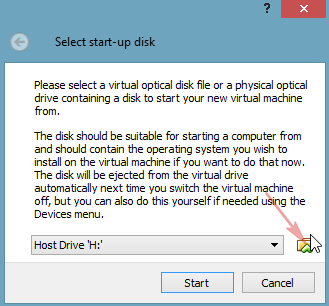


You can also use YUM or DNF package manager to install downloaded rpm file. To install a rpm package using command line on redhat based system use -i command line switch with rpm command. If you are on a RPM-based Linux platform (such as Redhat, CentOS, Fedora, ArchLinux, Scientific Linux, etc.), here are two ways to determine the list of packages installed.To view all the files of an installed rpm packages, use the -ql (query list) with rpm command. How do I know if rpm is installed? How do I list installed RPM packages? That metadata includes version numbers, the list of files in the package, a description of the package, information about the packager, and many other items. RPM packaging set out to solve the software management problem by packaging metadata along with the software for an application. In the example, you obtain root authority using the sudo command: sudo apt-get install rpm. Run the following command, using root authority.To determine if the correct RPM package is installed on you system use the following command: dpkg-query -W –showformat ‘$\n’ rpm.To install the package, enter the following command at the prompt: rpm -i DeathStar0_42b.rpm.Download the package you wish to install.Log in as root, or use the su command to change to the root user at the workstation on which you want to install the software.Perl-Digest-HMAC.noarch 1.01-15 installed Perl-Compress-Zlib.i386 1.42-1.fc6 installed

Perl-Archive-Tar.noarch 1.30-1.fc6 installed Reading repository metadata in from local files Sample output: Loading "installonlyn" plugin Search httpd and all matching perl packages, enter: # yum update httpd Task: Search for packages by name To check for and update httpd package, enter: # yum list installed httpd Task: Check for and update specified packages # yum update Task: List all installed packagesįind out if httpd package installed or not, enter:

To download and install all updates type the following command: # yum list updates Task: Patch up system by applying all updates Type the following command at shell prompt: Task: Display list of updated software (security fix) For RHEL 4.x and older version use up2date command. WARNING! These examples only works with RHEL / CentOS Linux version 5.x or above.


 0 kommentar(er)
0 kommentar(er)
